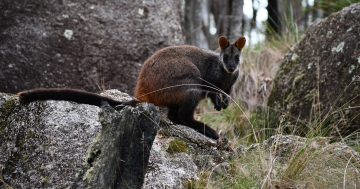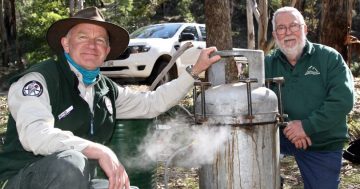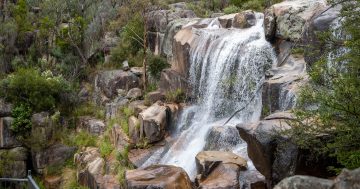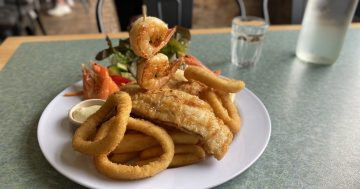The ABC brings word that Tidbinbilla’s breeding program for the critically endangered Southern Brush-tailed Rock Wallaby is going gangbusters with a baby boom underway.
- Another three baby wallabies have been born, bringing the Reserve’s total population to 14.
Tidbinbilla senior wildlife officer David Dobrozszcyk says four wallabies bred in the Reserve were released back into the wild last year.
“In 2008 there was a release into the Grampians of which four of those individuals were from Tidbinbilla, that’s a tremendous achievement,” he said.
Although last time I took visitors out to their rock (around Christmas) there was no sign of the beggars. It must have been “business time”.
















